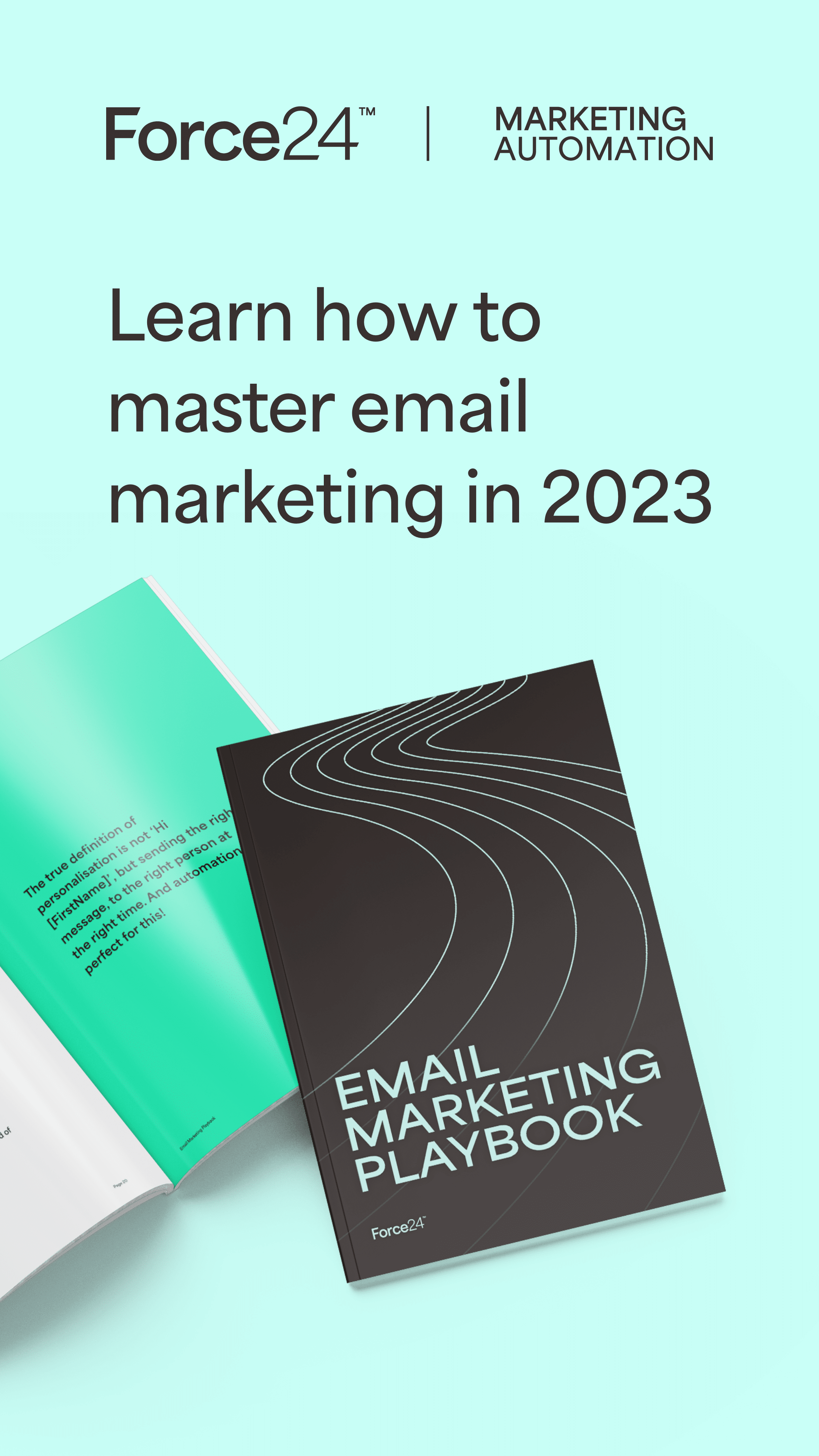How to avoid email bounces
As a busy marketer, the last thing you want to do is spend hours on a carefully crafted campaign – from idea and design all the way through to execution – only to see it fall flat as you receive an array of bounce messages in return.
The thing is, around 30% of email traffic is in fact bot traffic, so, in all honesty it’s impossible to think that every single recipient will engage with your message and purchase your product or service as a result. However, there are ways in which you can heighten your success rate in terms of email deliverability, and also pinpoint exactly where you need to focus your attention first should any problems arise.
Before we get into how to avoid email bounces, let’s first define what they are and why they’ve been an issue for many marketing departments for years.
Receiving a bounce message isn’t always a bad thing – but try not to make a habit of it
A bounce comes in a variety of forms and is what marketers receive when recipients can’t access their email for whatever reason. A soft bounce is where there’s likely to be a temporary issue – for example when a mailbox is full – compared with a hard or permanent bounce which tells you that the address you’re trying to engage with is effectively dead.
While this might seem disheartening at the time, bounces give you a lot of information in return. For example, as part of the message, it might tell you someone has left their job permanently. If that’s the case, why would you send them another email? Delete this contact as soon as you can, and – if you’re pressed for time – plug in marketing automation to automatically cleanse data so you can focus on strengthening relationships with recipients who do want to hear what you have to say.
Use detail to your advantage to ensure your contacts are up to date and that you’re not constantly sending content to bad data. Not only will that be a pointless exercise for you, you’ll end up skewing analysis and not truly knowing how well – or not – your campaign has done.
[irp]
You shouldn’t be receiving more than 1% hard bounces in your email open rates
If you are experiencing a higher figure, take the time to drill down into your insight and learn – in granular detail – what’s causing this issue so you can rectify it at the earliest opportunity.
When you keep your data fresh, you can better segment, nurture and understand your audience so you’re delivering the right message to the right person, at the right time. And the result? Your email open rates should see an uplift.
There are also other ways in which you can define how you respond to your bounce rate information too. For example, could you set up an internal policy for your brand that says, ‘if we receive X amount of soft bounces, that equals a hard bounce and therefore we should disregard this content’.
Savvy marketing automation can not only help you to clean up data, but it’ll ensure you begin to reactive positively and swiftly to bounces. Additionally, if you utilise your solution effectively, you’ve got a much better chance of engaging your segments with the contend they want to read, rather than what you think they like to consume.
If you want to drive your interaction and make every campaign count, download our free ‘Ultimate Guide to Email Deliverability’ today. Visit www.force24.co.uk for more information.
